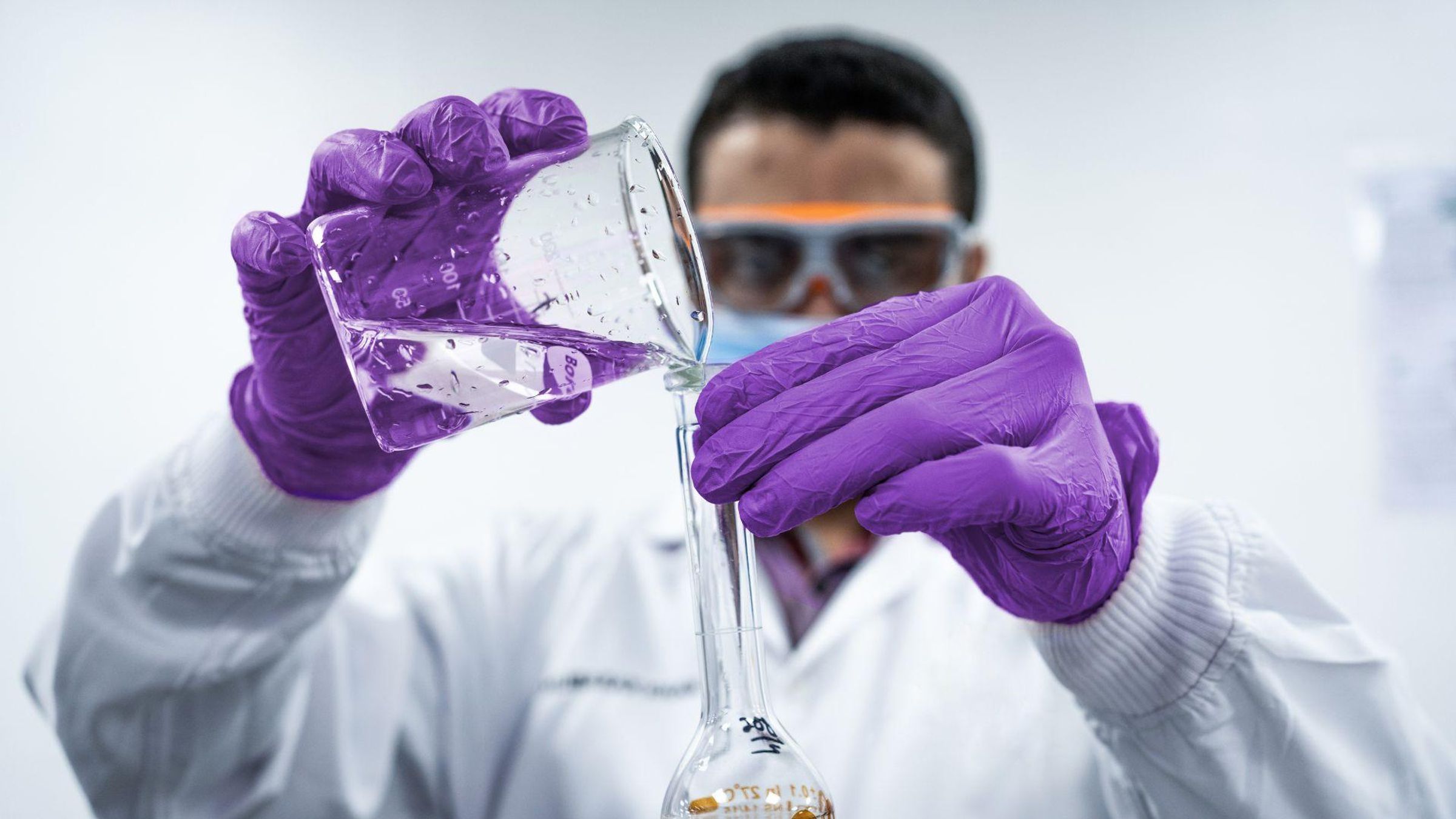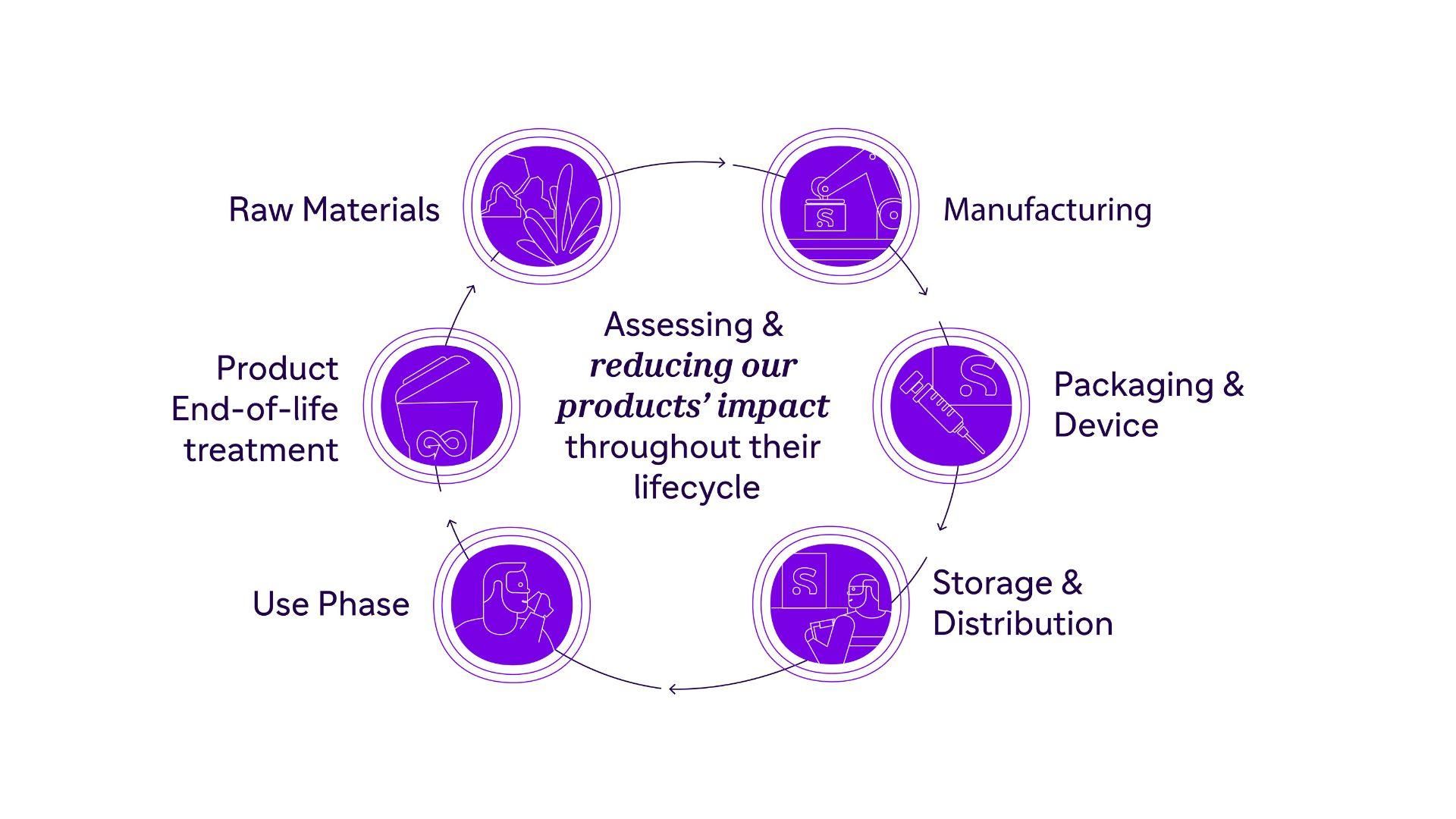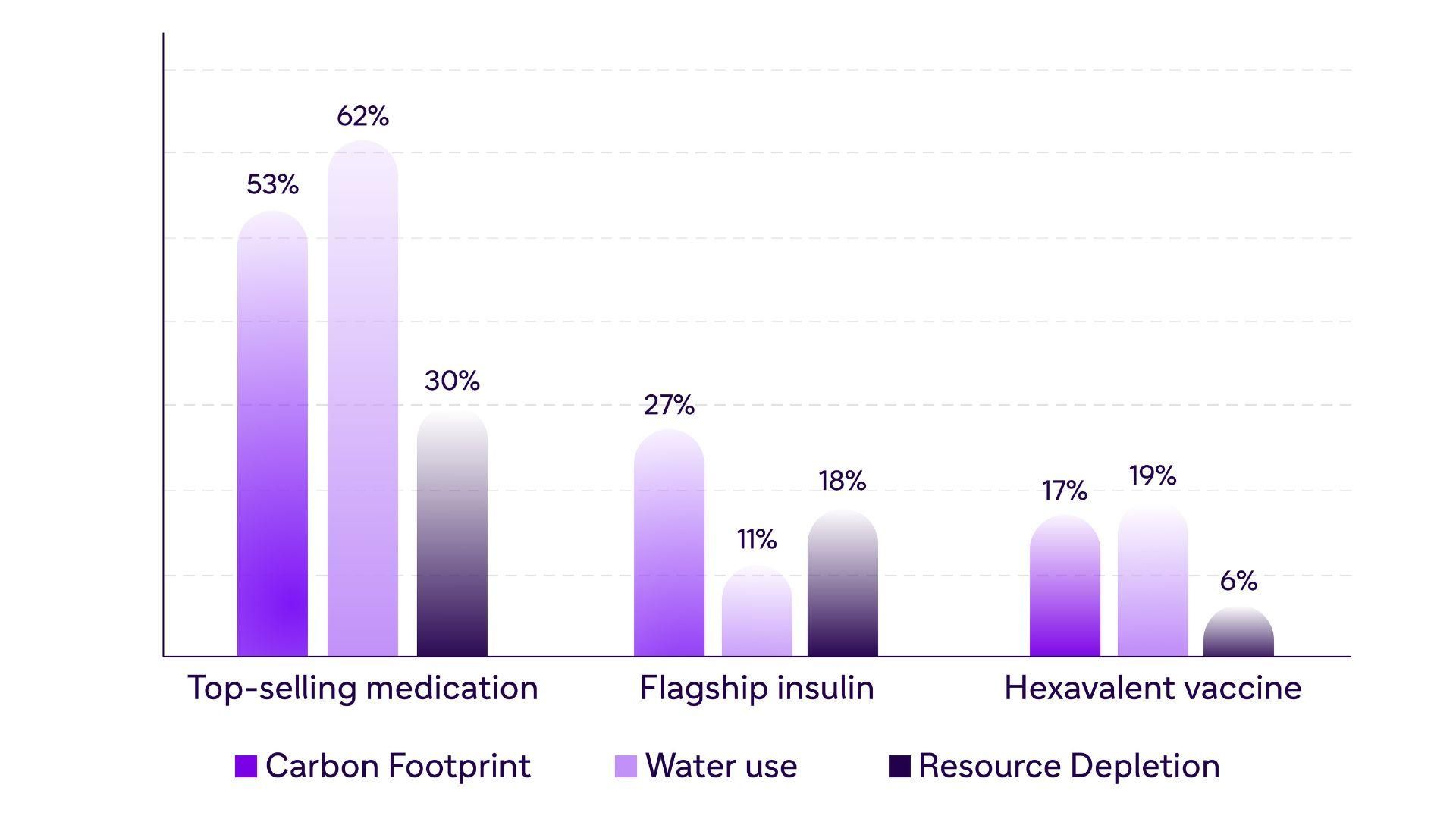How Eco-Design Makes for a Healthier and More Sustainable World

Peoples’ health and the environment are inextricably linked and 3.6 billion people around the world live in areas highly sensitive to climate change.1
From R&D to commercialization, every medicine and vaccine accumulates an environmental burden. As a global healthcare leader, Sanofi seeks to minimize the environmental impact of its products and activities. Starting in 2025, all our new medicines and vaccines adopt an Eco-design approach, and by 2030 so will our 20 top-selling products.
It’s a key part of our fresh “AIR” approach to sustainability, including improving Access to health care, reducing our environmental Impact, and boosting the Resilience of health care systems.
Environmental Sustainability at Every Step: The Strategic Approach
We’re rethinking, redesigning, and reducing our products’ environmental footprint at every stage of a product’s lifecycle.

Through a science-based, EU-commissioned Life Cycle Assessment (LCA) method2 we assess and identify opportunities to reduce environmental impact of our products— from raw materials extraction, manufacturing, all the way to distribution, patient use and product end-of-life treatment. To make this environmental process scalable and effective, we developed EDDi, our 14040 & 14044 ISO-compliant Eco-design Digital intelligence tool to allows us to design sustainable innovative medicines.
Eco-design is in Motion
Eco-design is a cornerstone of our sustainability strategy and movement is already well underway. We’ve already started seeing the results of Eco-design applications in some of our top-selling products:

- For one of our top-selling medications*, currently used by over one million patients worldwide,optimizing the active ingredient manufacturing process with our partner Regeneron has cut its carbon footprint by 53%, reduced water use by 62%, and minimized resource depletion by 30%.
- We've also seen significant environmental improvements in one of our flagship insulins*: we’ve cut its carbon footprint by 27%, reduced water use by 11%, and minimized resource depletion by 18%, thanks to improvements in manufacturing, packaging, and device production.
- And last but not least, by optimizing the production and packaging of our best-in-class hexavalent vaccine*, we’ve reduced its environmental footprint to cut carbon footprint by 17%, reduce water use by 19%, and minimize resource depletion by 6%.
These early successes show that environmental progress and patient health go hand in hand. With Eco-design as a driving force, we’re just getting started on reimagining the way we create, deliver, and improve medicines for millions of patients worldwide.
References
- World Health Organization newsroom/fact sheet on climate change/key facts Oct 12,2023
- European Platform on environmental Life Cycle Assessment: https://eplca.jrc.ec.europa.eu/EnvironmentalFootprint.html
*Based on an ISO-compliant Life Cycle Assessment (LCA) studies peer-reviewed by independent panels, ensuring transparent and accurate results. Please reach out to planetcare@sanofi.com to get more LCA information.